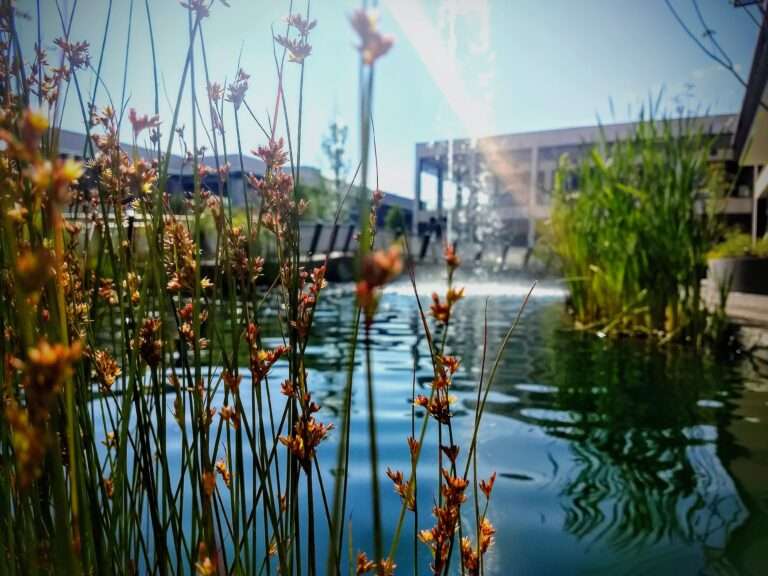Cost-Effective Net Gain Strategies for Biodiversity: Maximising Impact on a Budget
Achieving Biodiversity Net Gain (BNG) doesn’t always require a substantial budget. By employing strategic planning, innovative practices, and efficient use of resources, businesses can enhance biodiversity without excessive costs. In this blog, we explore the most cost-effective strategies to implement BNG while maintaining high environmental standards.
Why Focus on Cost-Effective BNG?
Biodiversity enhancement is crucial, but financial limitations can pose challenges. Businesses often seek solutions that deliver maximum ecological benefit without straining budgets. Focusing on cost-effective strategies not only meets regulatory requirements but also supports long-term sustainability goals.
Key Benefits of Cost-Effective BNG:
- Budget Efficiency: Maximising impact with minimal expenditure.
- Sustainable Practices: Prioritising low-maintenance solutions.
- Community Engagement: Involving local volunteers reduces labour costs.
- Positive Brand Image: Demonstrating financial responsibility while supporting nature.
Cost-Effective Strategies for Achieving BNG
Implementing BNG on a budget requires creativity and practicality. Here are some proven strategies:
1. Use Native Plant Species
Native plants are often more resilient and require less maintenance compared to exotic species. By selecting local flora, businesses can reduce watering, fertilisation, and pest control costs.
2. Integrate Low-Cost Habitat Features
Enhancing biodiversity doesn’t always mean large-scale investments. Simple solutions like installing bird boxes, bat roosts, and log piles provide essential habitats at minimal cost.
3. Maximise Existing Green Spaces
Instead of creating new habitats from scratch, optimise the biodiversity potential of existing areas. Simple improvements, such as wildflower seeding or leaving areas to grow naturally, can boost ecological value.
4. Partner with Local Environmental Groups
Collaborating with conservation organisations or community groups can reduce labour costs and build positive relationships. These partnerships often bring expertise and additional resources, fostering successful BNG outcomes.
5. Repurpose On-Site Materials
Instead of disposing of soil, stones, or natural debris, repurpose them to create habitats. For example:
- Rock piles as refuges for small mammals
- Deadwood for insect habitats
- Earth mounds for nesting birds
6. Employ Sustainable Drainage Systems (SuDS)
Integrating SuDS not only manages water efficiently but also supports biodiversity. Features like rain gardens and permeable paving promote plant growth and habitat creation.
7. Implement a Phased Approach
Breaking down BNG into manageable phases reduces upfront costs. Start with low-cost, high-impact initiatives, and gradually expand as resources become available.
8. Leverage Technological Innovations
Use mapping software to identify priority areas for habitat enhancement. Drone surveys can reduce the need for extensive ground inspections, saving both time and money.
Overcoming Cost Barriers
Many businesses worry about the financial impact of BNG. However, with thoughtful planning and community involvement, it is possible to achieve positive outcomes without breaking the bank. Investing in low-maintenance habitats and engaging local volunteers are key strategies for reducing costs.
Practical Tips for Budget Management:
- Set Realistic Goals: Prioritise the most impactful projects first.
- Monitor Progress: Regular assessment helps ensure resources are used efficiently.
- Seek Funding: Look for grants or sponsorships dedicated to environmental projects.
Case Studies: Cost-Effective BNG in Action
Successful BNG projects can be found across the UK. For example:
- Urban Park Restoration: Using native plants and community volunteers to revitalise green spaces.
- Business Estates: Installing bee hotels and wildflower patches to support pollinators.
- School Grounds: Creating mini-wildlife areas with donated plants and local expertise.
These examples demonstrate that impactful BNG projects are achievable without excessive spending.
Conclusion
Biodiversity Net Gain is not solely for large-scale projects with significant funding. By adopting cost-effective strategies, businesses can make meaningful ecological improvements while maintaining financial viability. At Killingley, we are committed to helping clients implement BNG solutions that align with their budgets and environmental goals.
For more information on affordable BNG strategies, contact us today to discuss your project requirements.









